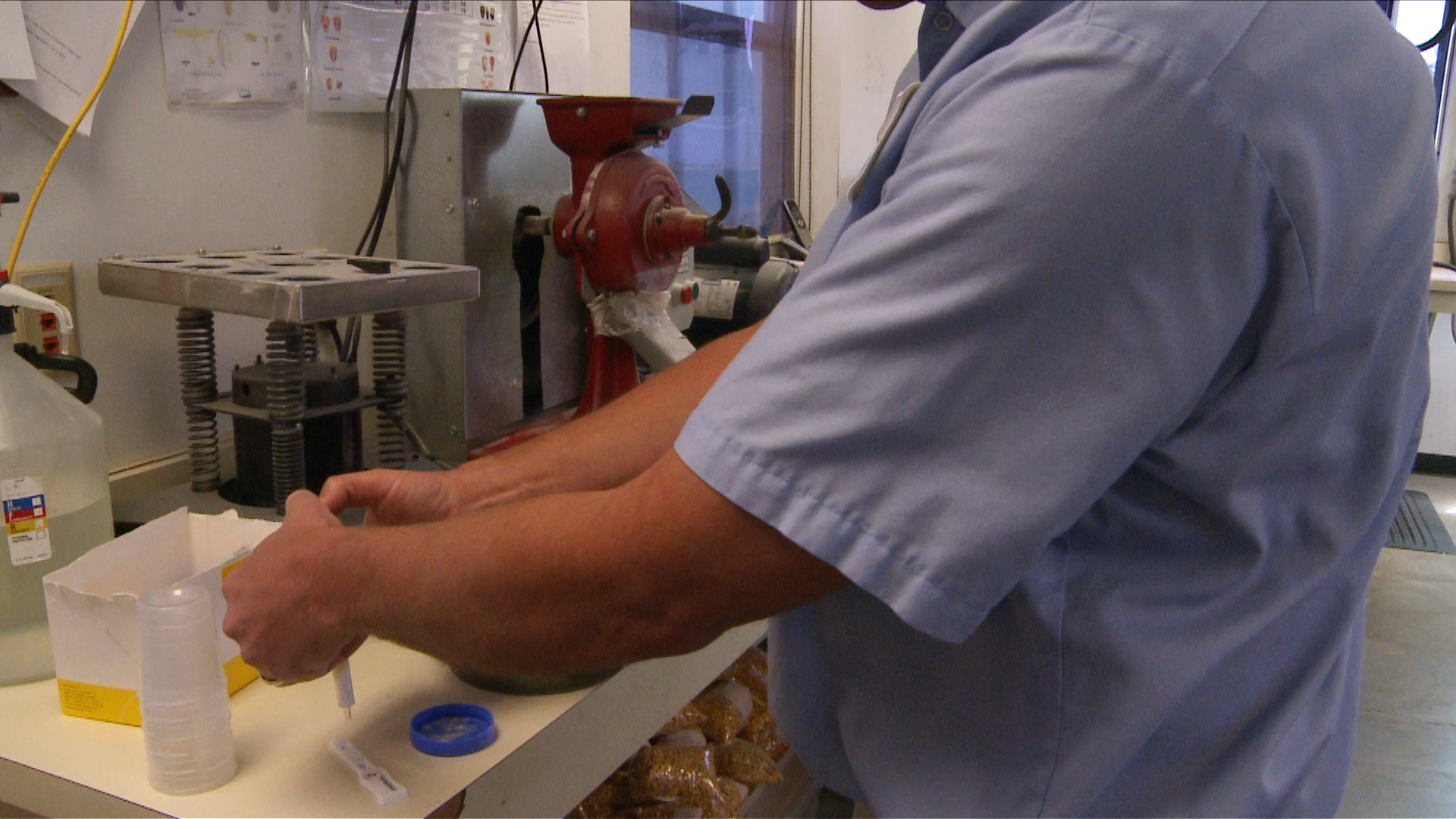 Contaminants
Contaminants
Contaminants are substances that have not been intentionally added to food. Food production processes can lead to substances entering the food at any moment: during manufacturing, handling, storage, processing or distribution. Contaminants can also enter the food from the environment. The presence of such substances in food must be monitored carefully to avoid contamination effecting the quality of the food or making the food unsafe.

The Codex maximum level (ML) for a contaminant in a food or feed commodity is the maximum concentration of that substance recommended by the Codex Alimentarius Commission to be legally permitted in that commodity. As many contaminants occur naturally it would be impossible to impose a zero limit on these substances. To protect human health Codex works to keep these levels as low as possible based on sound scientific evidence.
The Codex Committee on Contaminants in Food (CCCF) establishes and endorses permitted maximum levels or guideline levels for contaminants and naturally occurring toxicants in food and feed. It also prepares priority lists of contaminants and naturally occurring toxicants for risk assessment by the Joint FAO/WHO Expert Committee on Food Additives (JECFA).
The CCCF considers methods of analysis and sampling for the determination of contaminants and naturally occurring toxicants in food and feed and develops and elaborates standards or codes of practice for related subjects. It also considers other matters assigned to it by the Commission in relation to contaminants and naturally occurring toxicants in food and feed.
| Reference |
Title |
Committee |
Last modified |
EN
FR
ES
AR
ZH
RU
|
| CXS 193-1995 | General Standard for Contaminants and Toxins in Food and Feed | CCCF | 2023 | |
| CXC 49-2001 | Code of Practice Concerning Source Directed Measures to Reduce Contamination of Food with Chemicals | CCCF | 2001 | |
| CXC 77-2017 | Code of Practice for the Prevention and Reduction of Arsenic Contamination in Rice | CCCF | 2017 | |
| CXC 78-2017 | Code of Practice for the Prevention and Reduction of Mycotoxins in Spices
| CCCF | 2017 | |
| CXC 79-2019 | Code of Practice for the Reduction of 3-Monochloropropane-1,2- Diol Esters (3-MCPDEs) and Glycidyl Esters (GEs) in Refined Oils
and Food Products Made With Refined Oils | CCCF | 2019 | |
| CXG 92-2019 | Guidelines for Rapid Risk Analysis Following Instances of Detection of Contaminants in Food where there is No Regulatory Level | CCCF | 2019 | |
| CXC 81-2022 | Code of Practice for the Prevention and Reduction of Cadmium Contamination in Cocoa Beans | CCCF | 2022 | |
The Netherlands began hosting the Codex Committee on Contaminants in Food in 2007 and in the 13 sessions since then, five have been co-hosted abroad. When business gets underway on 29 April 2019, Yogyakarta, Indonesia will be the sixth foreign location.
Cooperation with Indonesia … has been a joy
When a country co-hosts they make a world-wide contribution to food safety. “The Netherlands and Codex have a long history together and co-hosting for us is a means to bring Codex and everything [...]
Experts met in FAO on 19 – 23 November 2018 to discuss ciguatera fish poisoning (CFP) and develop scientific advice for the Codex Committee on Contaminants in Food. CFP is one of the most common foodborne illnesses related to seafood consumption. While CFP has been known about for centuries, its true incidence remains unclear. In 2000 it was estimated that 10 000 – 50 000 people per year suffer from this illness.
Markus Lipp, Senior Food Safety Officer, and FAO Secretary [...]
The International Atomic Energy Agency (IAEA), in cooperation with the Food and Agriculture Organization (FAO), is holding a webinar on “Food Safety in a Nuclear or Radiological Emergency” on 23 October 2018 at 11:00-14:30 UTC. The web-based discussion aims to help national experts be prepared in case of an emergency involving a significant release of radioactive material into the environment that makes water, local produce, milk from grazing animals and other foods unsafe for consumption.
The IAEA safety standards call for [...]
A workshop held 11-12 April 2018 in Nairobi, Kenya is providing participants from COMESA (Common Market for Eastern and Southern Africa) with a science-based approach for risk assessment and management of mycotoxins.
Mycotoxin contamination of food commodities poses major challenges to both public health and trade. While it remains a global problem, this is particularly relevant in some regions of the world where dietary exposure to mycotoxins is still unacceptably high. Effective national and regional programmes for reducing mycotoxins contamination require [...]
Dr Martin Slayne - International Council of Grocery Manufacturers Associations Global Head Scientific & Regulatory Affairs The Hershey Company
The Codex Committee on Contaminants in Food (CCCF) provides a global forum for governments to harmonize regulatory management measures, based on common science, risk assessment and best practices. At the recent 12th meeting of the Committee, good progress was made in some areas, although a key observation when discussing the setting of Maximum Levels for contaminants was an increasing pattern of country [...]
Contaminants are substances that have not been intentionally added to food. They can occur naturally and enter the food while a crop is growing. They can form during manufacturing, handling, storage, processing or distribution. Or they can enter the food from the environment, through our water, the air or soil.
The Contaminants Committee establishes or endorses permitted maximum levels or guidelines levels for contaminants and naturally occurring toxicants in food and feed.
Nearly 50 countries are expected at this 11th session which [...]
 Contaminants
Contaminants


.jpg)





